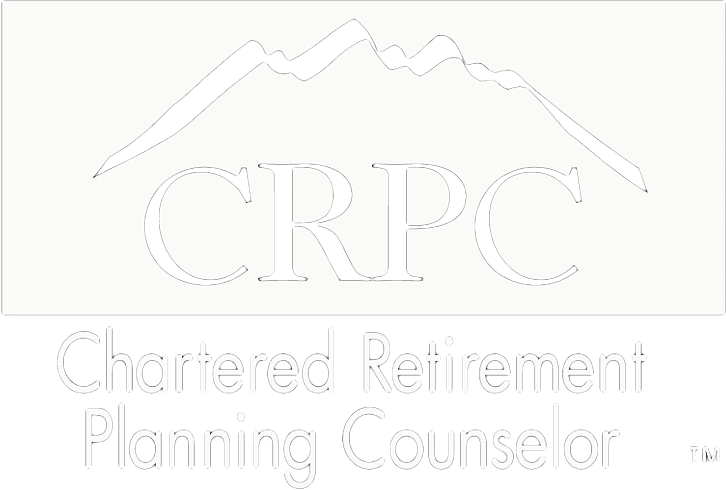
Part 1 introduced some of the tools of the tax-planning trade. These include tax-sheltered accounts for saving toward retirement, healthcare, and education, as well as tax-efficient tools for charitable giving, emergency spending, and estate planning.
It’s one thing to have the tools. It’s another to make best use of them. After all, the same paintbrush can create a valuable work of art, or a clashing mess on canvas. It all depends on how you use the brush.
In other words, your tax-planning techniques matter at least as much as the tools. They’re also more enduring—especially if you combine them into a unified strategy across your varied financial interests. Tax breaks come and go, and are beyond our control. But with a tailored, tax-wise strategy in place, it’s easier to adjust as needed, rather than having to start all over whenever something changes.
Tax Planning: The Big Picture
Not unlike that fine painting, your best tax-planning efforts include meticulous attention to the details, as well as to how each action contributes to your big picture.
Escient Financial views effective tax planning as a way to reduce your lifetime tax bill—or beyond, if you’re preparing for a tax-efficient wealth transfer to your heirs.
In short, tax planning is best considered an ongoing campaign. It’s staged on multiple fronts, and makes best use of the tools described in . It begins with your investment techniques, which will be covered today.
Leading with Tax-Wise Investing
One of the most powerful ways to ward off excess taxes is to be tax-wise about your investing every step of the way. And yet, few investors take full advantage of the many opportunities available at every level. These levels include how you manage your investment accounts, select individual holdings, and buy and sell those holdings along the way.
As you manage your investment accounts...
Are you doing all you can to build, manage, and spend down your taxable and tax-sheltered accounts for maximum lifetime tax-efficiency?
- Building: Are you maxing out your contributions to appropriate tax-sheltered accounts? The more money you hold in various tax-sheltered structures, the more flexibility you’ll have to delete or at least defer taxes otherwise inherent in building capital wealth.
- Managing: Are you being deliberate about your asset location, dividing your various assets among your taxable vs. tax-sheltered accounts for overall tax efficiency? Ideally, you use your tax-sheltered accounts to hold your least tax-efficient holdings, while locating your most tax-efficient holdings in your taxable accounts.
- Spending: When the time comes to spend your wealth, have you planned for how to tap your taxable, tax-deferred, and tax-free accounts? There is no universal answer to this critical query. Cash-flow planning calls for a deep familiarity with the particular accounts and assets you’ve got; the particular rules involved in deploying each; and your particular spending goals. All that, while keeping a close eye on any changes that may alter your plans.
As you select individual holdings...
Are you being deliberate about selecting tax-efficient vehicles? Even when different funds share identical investment objectives, some may be considerably better than others at managing their underlying holdings. Seek out fund managers with solid tax-management practices, including:
- Patient Investing: Many fund managers try to “beat” the market by actively picking individual stocks or timing their market exposures. It's recommended to use managers who instead patiently participate in their target market’s long-term expected growth. This not only makes overall sense, it’s typically more tax-efficient as it involves less potentially taxable action.
- Tax-Managed Investing: For your taxable accounts, some fund managers offer funds that are deliberately tilted toward tax-friendly trading techniques such as avoiding short-term (more costly) capital gains, and more aggressively realizing capital losses to offset gains.
As you buy and sell holdings...
Like the fund managers you choose, are you also being patient and deliberate about your trading? Do you avoid excessive trading and short-term capital gains (currently taxed at higher rates)? Are you guided by a personalized investment plan? Bottom line, the fewer trades required to stick to your investment plan, the better off you’re likely to be when taxes come due.
Harvesting Capital Gains and Losses
Having an investment plan also facilities your or your advisor’s ability to identify and make best use of tax-loss and tax-gain harvesting opportunities when appropriate.
Tax-loss harvesting typically involves:
- Selling all or part of a position in your portfolio when it is worth less than you paid for it.
- Reinvesting the proceeds in a similar (not “substantially identical”) position.
- Optionally returning the proceeds to the original position after at least 31 days have passed (to avoid the IRS “wash-sale rule”).
You can then use any realized capital losses to offset current or future capital gains, without significantly altering your portfolio mix.
It’s worth noting, tax-loss harvesting typically lowers a harvested holding’s cost basis. So contrary to popular belief, you’re usually postponing rather than eliminating taxable gains entirely. Why bother? More time gives you more control over when, how, or even if you’ll realize the gains. For example, you could wait until tax rates are more favorable, or reduce embedded gains over time through gifting, charitable, or estate planning tactics.
Tax-gain harvesting involves selling appreciated holdings to deliberately generate taxable income. Why would you do that? Remember, your goal is to minimize lifetime taxes paid. So, especially once you’re tapping your portfolio in retirement, you may intentionally generate taxable income in years when your tax rates are more favorable, and preserve your tax-favored income for years when your rates are higher. Basically, you’re sacrificing a tax return battle or two, hoping to win the tax-planning “war."
Next Up: Tax-Wise Financial Planning
Managing for tax-efficient investing is just one way Escient Financial helps families reduce their lifetime taxes. Escient Financial also helps integrate all of the above into your broad financial interests, which is what will be covered next time. In the meantime, if you’d like to discuss improving on your own tax-wise financial pursuits, feel free to...
This content is developed from sources believed to be providing accurate information. The information in this material is not intended as investment, tax, or legal advice. It may not be used for the purpose of avoiding any federal tax penalties. Please consult legal or tax professionals for specific information regarding your individual situation. The opinions expressed and material provided are for general information, and should not be considered a solicitation for the purchase or sale of any security. Digital assets and cryptocurrencies are highly volatile and could present an increased risk to an investors portfolio. The future of digital assets and cryptocurrencies is uncertain and highly speculative and should be considered only by investors willing and able to take on the risk and potentially endure substantial loss. Nothing in this content is to be considered advice to purchase or invest in digital assets or cryptocurrencies.
Enjoying Escient Financial’s Insights?
The weekly newsletter is usually delivered to your email inbox Friday or Saturday, and includes:
- the latest Escient Financial Insights articles
- a brief of the week's important news regarding the markets
- recommended third-party reads
- selected Picture of the Week
Escient Financial does NOT sell subscriber information. Your name, email address, and phone number will be kept private.
















